
| Freedom Fighter Names | Man Freedom Fighters | Woman Fridom Fighters | HOME |

Born: 2 October 1869, Porbandar
Full name: Mohandas Karamchand Gandhi
Assassinated: 30 January 1948, New Delhi
Famously Known As Bapu

Born: 28 September 1907, Banga, Pakistan
Died: 23 March 1931, Lahore Central Jail, Lahore, Pakistan
Education: National College, Lahore, National College of Arts, Dayanand Anglo-Vedic Schools System
Famously Known As: Shaheed Bhagat Singh

Born: 23 January 1897, Cuttack
Famously Known As Netaji
Died: 18 August 1945, Taipei, Taiwan
Education: Scottish Church College (1918), Presidency University

Born: 31 October 1875, Nadia
Died: 15 December 1950, Mumbai
Full name: Vallabhbhai Jhaverbhai Patel
Famously Known As Sardar, Iron Man Of India

Born: 14 November 1889, Prayagraj
Died: 27 May 1964, New Delhi
Spouse: Kamala Nehru (m. 1916–1936)
Parents: Motilal Nehru
Famously Known As: Chacha Nehru, Pandit Nehru

Born: 2 October 1904, Mughalsarai
Died: 11 January 1966, Tashkent, Uzbekistan
Party: Indian National Congress
Famously Known As: Man of Peace

Born: 4 September 1825, Navsari
Died: 30 June 1917, Mumbai
Organizations founded: Indian National Congress, Zoroastrian Trust Funds of Europe, National Congress, London Indian Society
Famously Known As: 'Grand Old Man of India' and 'Unofficial Ambassador of India'

Born: 1814, Yeola
Died: 18 April 1859, Shivpuri
Full name: Ramachandra Pandurang Tope
Education: Scottish Church College (1918), Presidency University
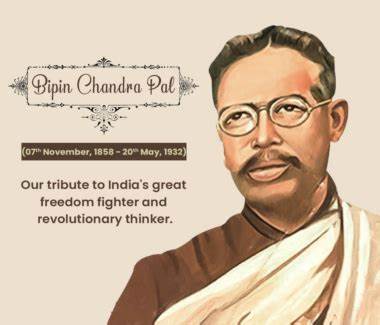
Born: 7 November 1858, Habiganj District, Bangladesh
Died: 20 May 1932, Kolkata
Education: St. Paul's Cathedral Mission College, Presidency University
Famously Known As: Father of Revolutionary Thoughts

Born: 28 January 1865, Dhudike
Died: 17 November 1928, Lahore, Pakistan
Famously Known As: Punjab Kesari
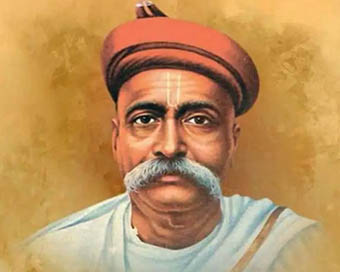
Born: 23 July 1856, Chikhali
Died: 1 August 1920, Mumbai
Famously Known As Lokmanya Tilak

Born: 22 October 1900, Shahjahanpur
Died: 19 December 1927, Faizabad
Organization: Hindustan Socialist Republican Association
Famously Known As:Ashfaq Ulla Khan

Born: 19 May 1824, Bithoor
Full name: Dhondu Pant
Died: 1859, Naimisha Forest
Disappeared: July 1857 in Cawnpore (now Kanpur), British India
Famously known as Nana Sahib
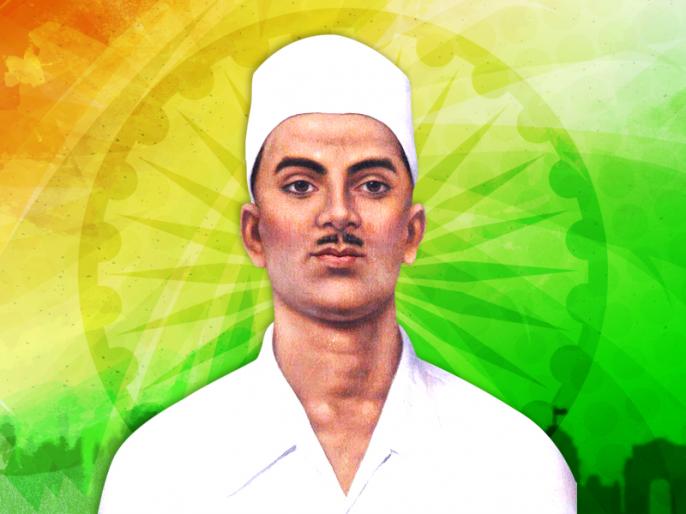
Born: 15 May 1907, Ludhiana
Died: 23 March 1931, Lahore, Pakistan
Education: National College of Arts, National College, Lahore
Member of: Hindustan Socialist Republican Association (HSRA)

Born: November 1777, Jagdishpur
Died: 26 April 1858, Jagdishpur
Full name: Babu Veer Kunwar Singh
Famously Known as Veer Kunwar Singh
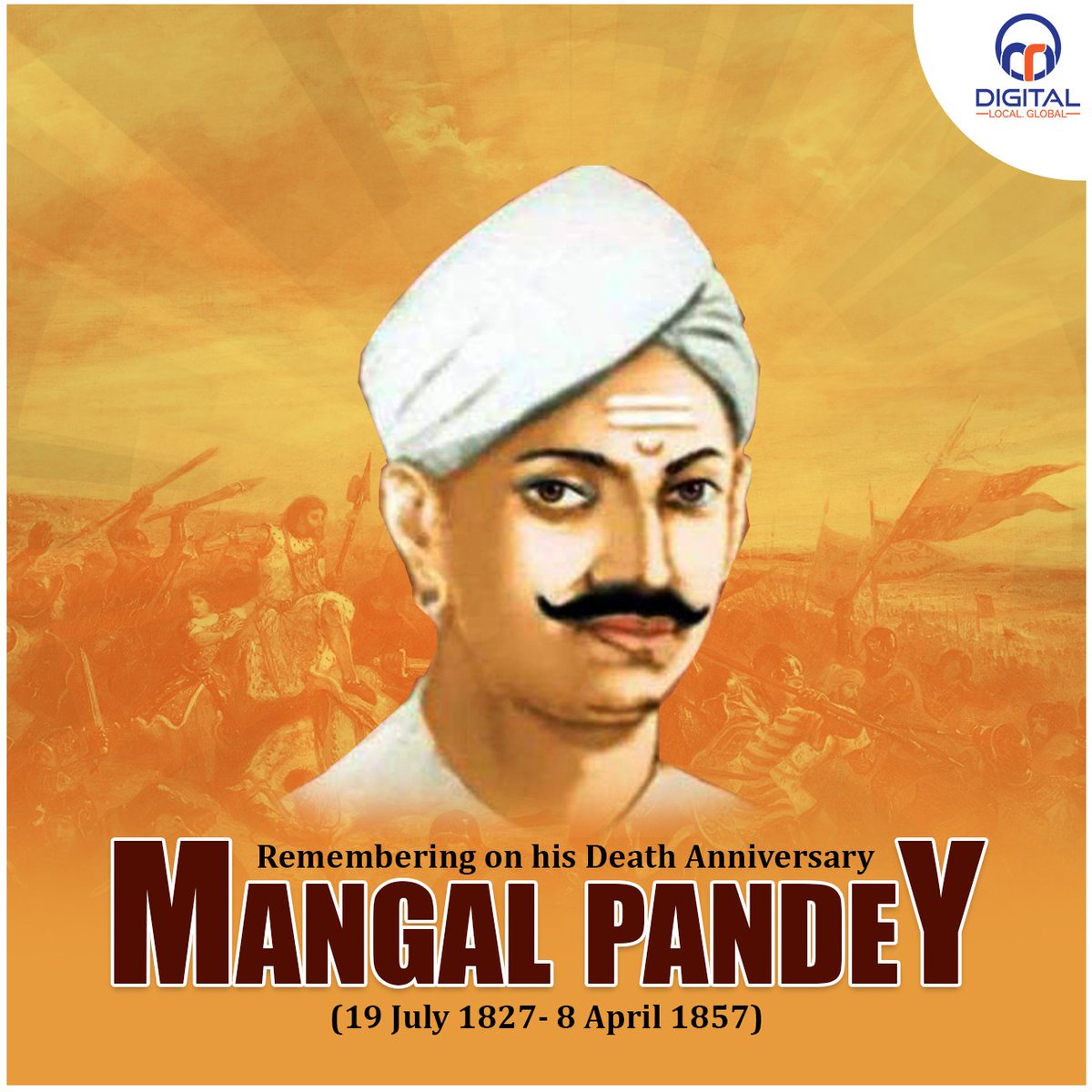
Born: 19 July 1827, Nagwa
Died: 8 April 1857, Barrackpore
Occupation: Sepoy (soldier)
Cause of death: Execution by hanging
Known for: Indian independence fighter

Born: 28 May 1883, Bhagur
Died: 26 February 1966, Mumbai
Party: Hindu Mahasabha
Education: City Law School (1909), Fergusson College (1902-1905), Wilson College, Mumbai, Mumbai University

Born: 10 December 1878, Thorapalli
Died: 25 December 1972, Chennai
Education: Presidency college, Bangalore central University (1894), Bangalore University
Famously known as CR, Mango of Krishnagiri, Rajaji
Awards: Bharat Ratna

Born: 11 June 1897, Shahjahanpur
Died: 19 December 1927, Gorakhpur Jail, Gorakhpur
Cause of death: Execution by hanging
Organization: Hindustan Socialist Republican Association
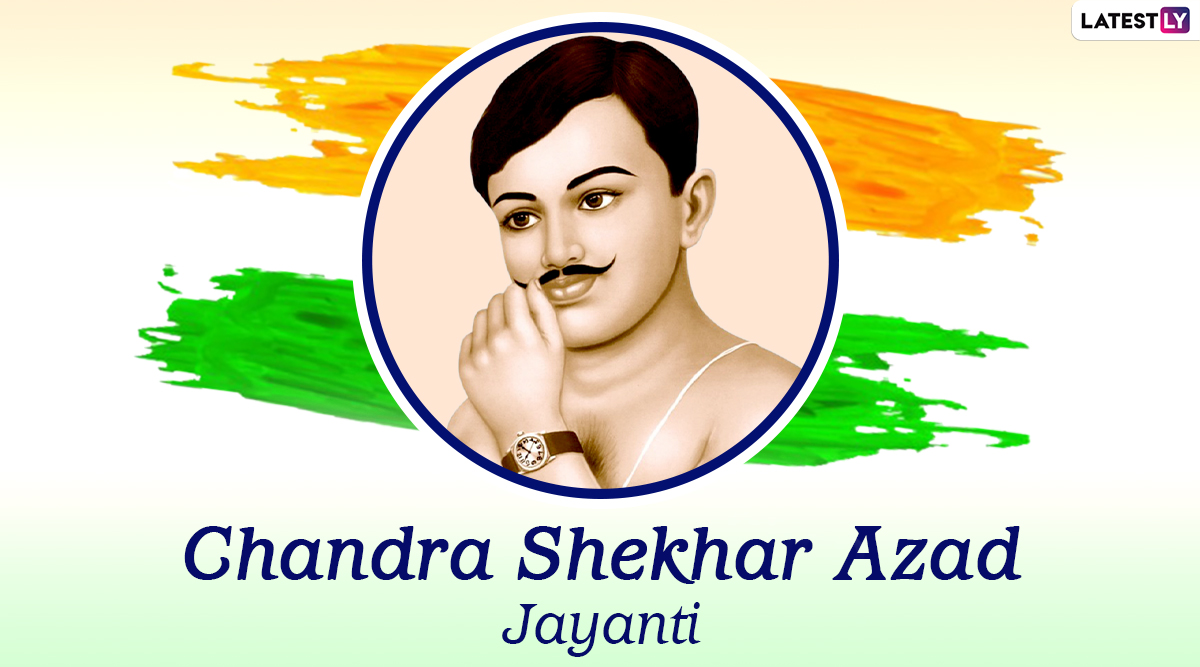
Born: 23 July 1906, Bhavra
Died: 27 February 1931, Chandrashekhar Azad Park
Full name: Chandrashekhar Tiwari
Education: Mahatma Gandhi Kashi Vidyapith